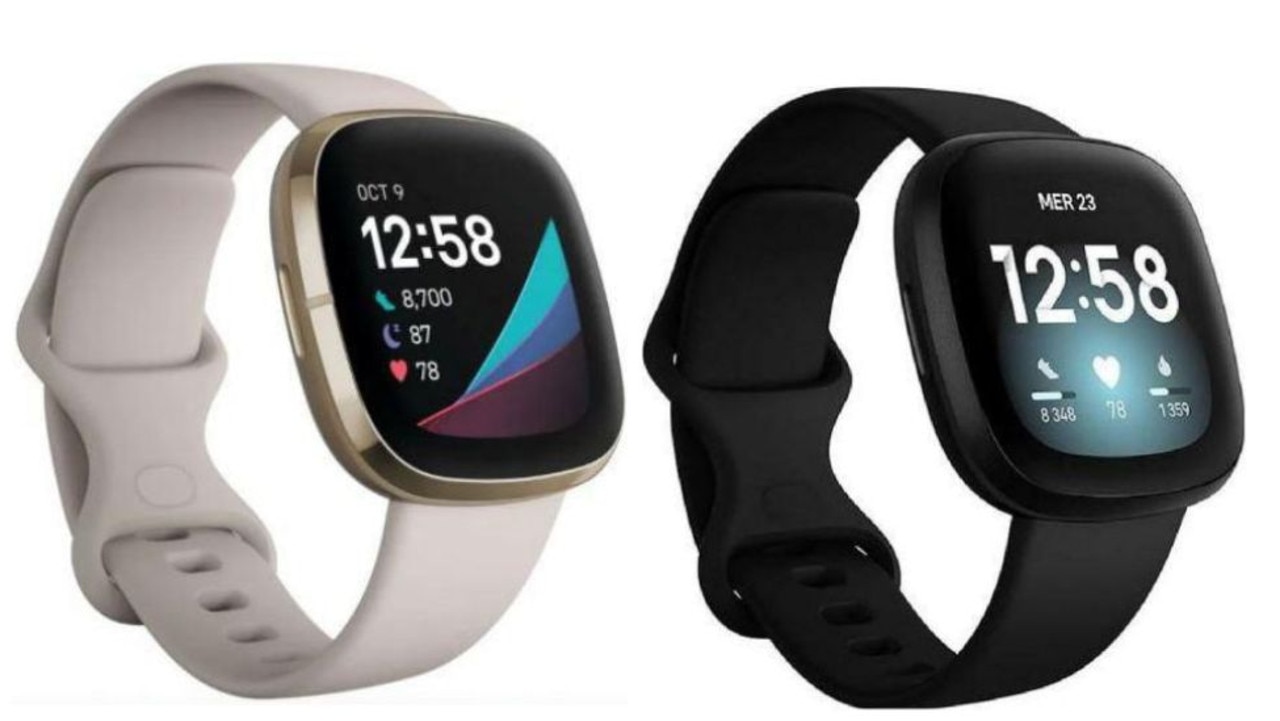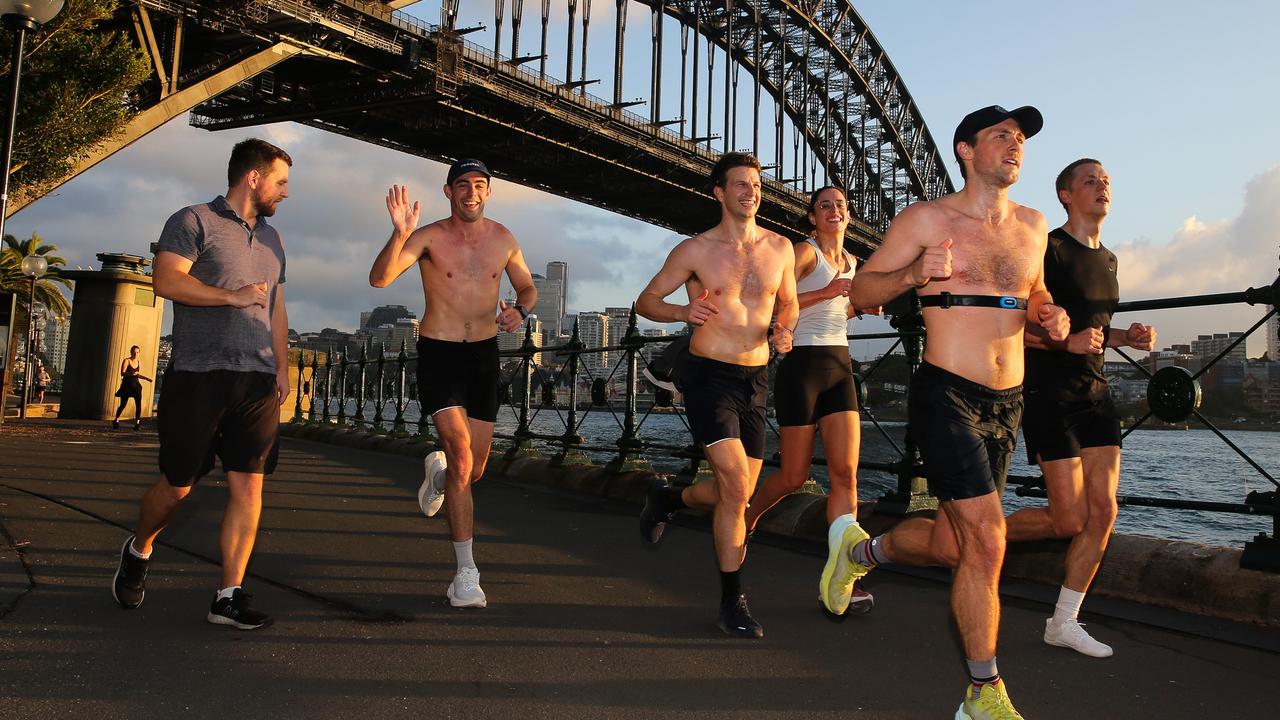Apple’s smartwatch needs useful, unique apps to convince buyers to do more than watch from sideline
APPLE is pinning its hopes on its new smart watch — but it will be the apps created by outside companies that could determine if it succeeds.
APPLE is backing its watch as the must-have gadget of 2015 but it will take an army of app makers to ensure it claims that title.
When Apple chief executive Tim Cook and his team put the Apple Watch through its paces at an event in San Francisco last week, much of the excitement came from not what Apple could get the watch to do but what others could get to do with the Apple Watch.
In a quick rundown, Apple vice-president Kevin Lynch demonstrated a handful of third-party apps already developed for the smartwatch that will launch in Australia on April 24.

One of the apps lets you control your smarthome from your wrist; another opened your hotel door and a third was a boarding pass that lets you catch a plane.
All three functions were achieved through third-party apps and none required you to take your iPhone out of your pocket.
Jackdaw Research analyst Jan Dawson says the importance of watch apps can be illustrated by looking at how the iPhone and iPad succeeded on the back of a rich app community.
“It’s become increasingly clear that a large part of the value of Apple devices now comes from apps,” Mr Dawson says.
“Apple creates compelling devices but it can’t possibly think of every possible use case, and a lot of what people end up using is downloadable apps.

“That’s why I think the first ad Apple showed off (as the San Francisco event) showed a lot of those apps. There’s no single use case, but rather a myriad of different applications that will end up being what makes the Watch valuable to different people.”
Apple released Watch software tools to foster app creation last November. The same month, a group of app developers took part in a hackathon in San Francisco that gives an insight into what you can expect to see when you download apps from the new Watch App Store.
The hackathon’s winning idea was a Watch app called Raining that will pull data from forecasts and weather patterns based on your location to warn you of imminent downpours.

Another app from Starbucks is designed for people to walk into a coffee shop but skip the queue by ordering and paying for coffee using the Apple Watch.
When the coffee is ready, the Watch will vibrate with a notification.
Kantar World panel research chief Carolina Milanesi says the Watch App Store will have a “huge” impact on the success of the watch.
“If you think about all the watches that are out there and here is a watch that’s not even on the market, but the experience I get from the apps that they demoed is very rich, very pleasing on the eye and very intuitive,” she says.
“They’re taking the same approach they did with the iPad. They’ve created an ecosystem and they gave consumers hundreds of thousands of reasons in the App Store to use the device.
“It’s not trying to make you not want an iPhone but it’s trying to cut down a step where you don’t need it.”

Milanesi says the depth of the Watch App Store will be key in pitching wrist notifications to consumers.
“There’s a lot of education that needs to go on in this market,” she says. “When you need something, it’s much easier to sell. When you think you don’t need something, you need to appeal.
“Some people will buy it and then think about what they can do with it.”
The Apple Watch will launch in Australia on April 24, with pre-orders from April 10, and will cost from $499 for the 38mm Apple Watch Sports to a mind-blowing $24,000 for an 18-carat Apple Watch Edition with rose-gold buckle.
Time will tell if Apple’s all-new product is the hit it wants it to be but analysts are backing the Cupertino-based company to succeed.
Strategy Analytics predicts Apple will take 55 per cent of global smartwatch sales this year, while CCS Insight tips Apple to sell 20 million units in 2015.
Rod Chester travelled to San Francisco as a guest of Apple.



